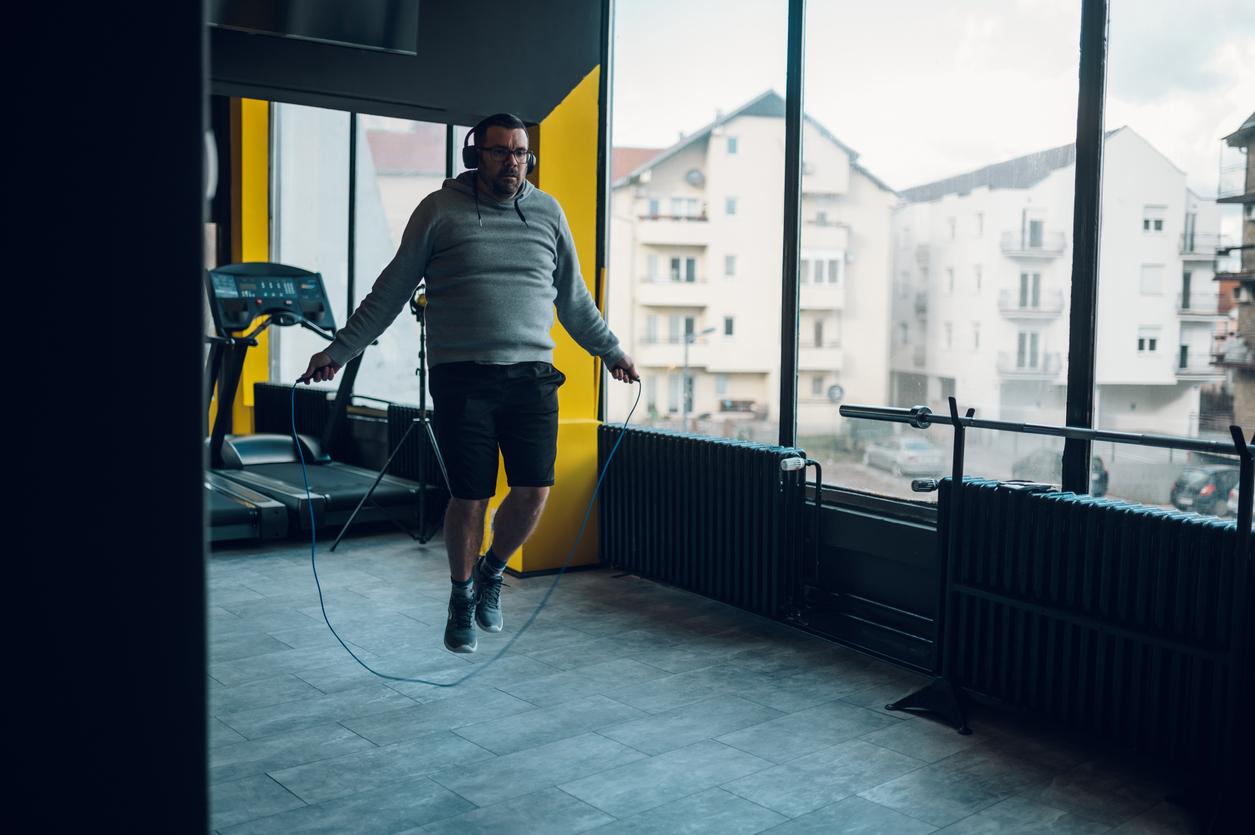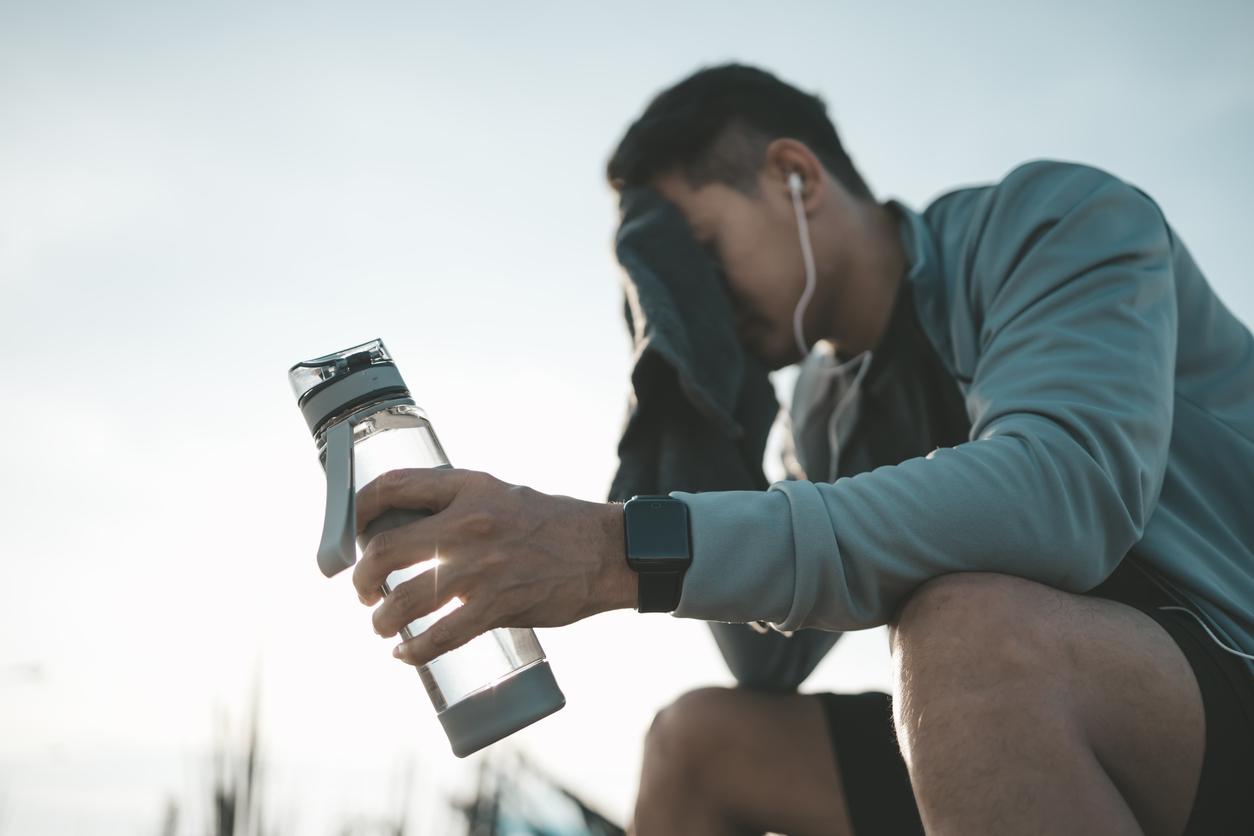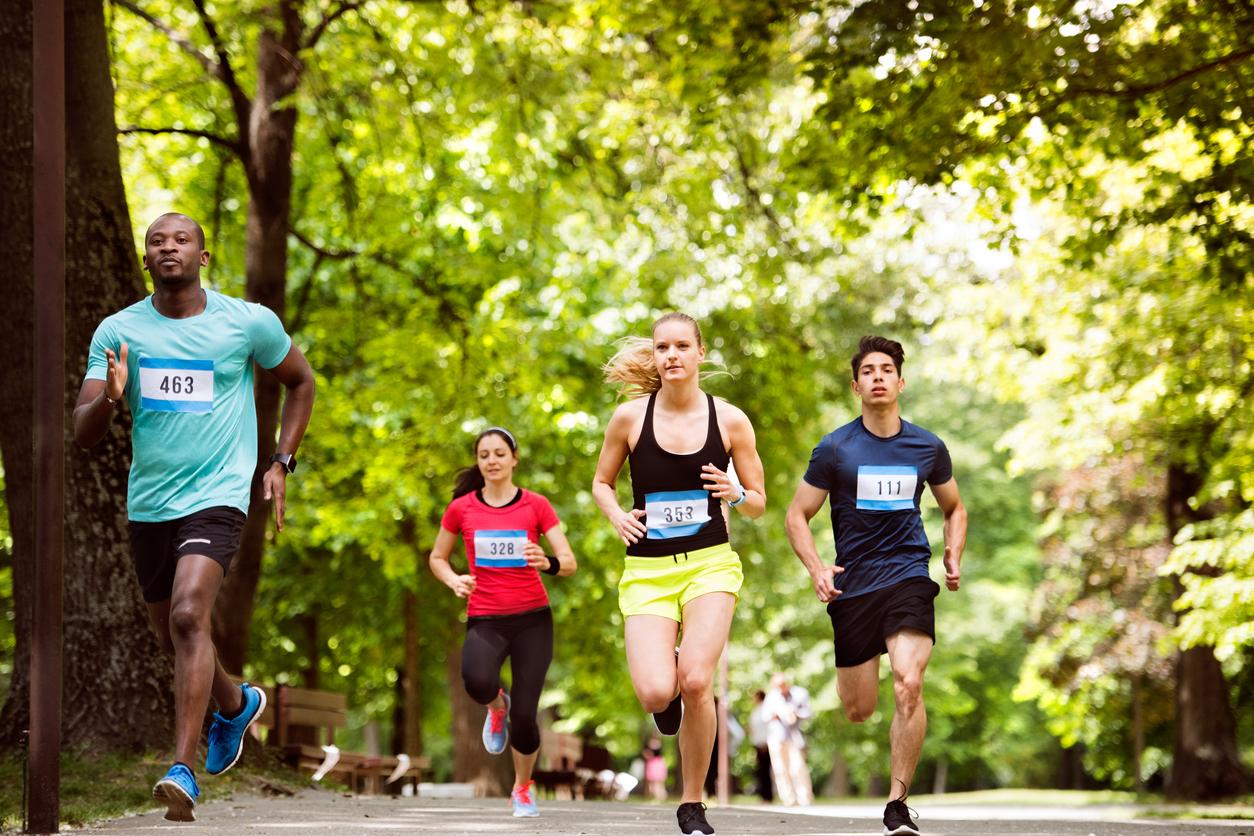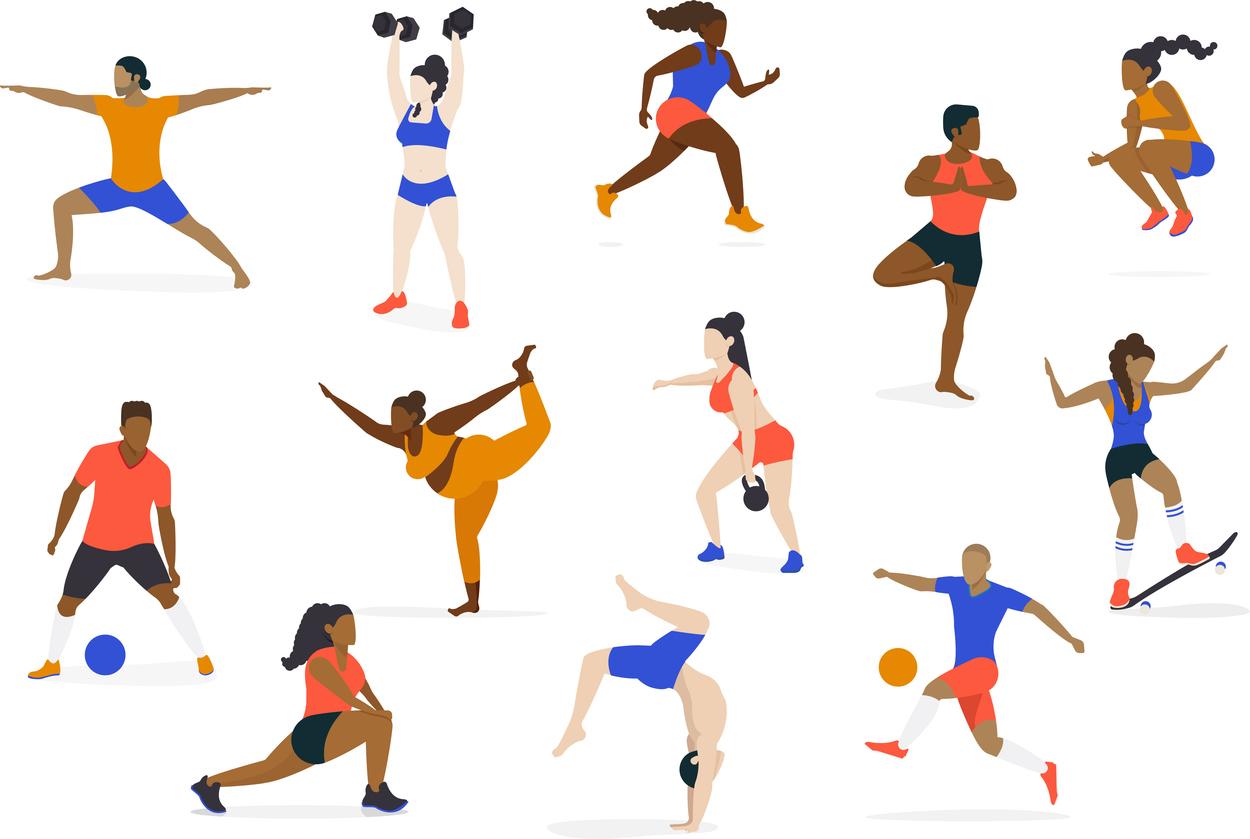If running is “the” ideal discipline when you want to lose weight (because 1 hour of running= 550 Kcal spent), this sport can also have a negative impact on health.
So, for every kilometer of the run, there are around 800 foot-to-ground landings with 5 to 8 times the body weight on each impact – for an 80 kg runner, this corresponds to a load of 480 kg on the hips on each impact. stride. Micro-traumas which can, in the long run, accelerate joint aging, or even cause osteoarthritis and / or fractures …
According to a new study conducted by Ohio State University (in the United States), women whose body mass index (BMI) is 19 or less should not run. Indeed, for these very thin women, running can be the cause of fractures. These heal even less quickly than in women with a Normal BMI – that is to say between 19 and 25.
Longer recovery time when you are very thin
“When the body mass index is low, the muscle mass is insufficient to absorb the shocks caused by the impact of the foot on the ground,” explains Dr. Timothy Miller, principal author of this work published in the specialized journal Current Orthopedic Practice. Thus, this shock is reflected directly on the bone level, which leads to fractures. “
The researchers also observed that in very thin women, the recovery time needed after a “severe” fracture was 17 weeks on average, compared to 13 weeks for fuller women.
“Before starting running, it is imperative to consult a doctor who will give (or not) the green light. Scientists also advise sportswomen to regularly calculate their BMI. We remind you of the formula: weight (in kilograms) divided by the height (in meters) squared.
Read also :
Migraine: running, better than drugs?
Running when you have diabetes
Slimming: a model in a stroller and a bikini is controversial
















